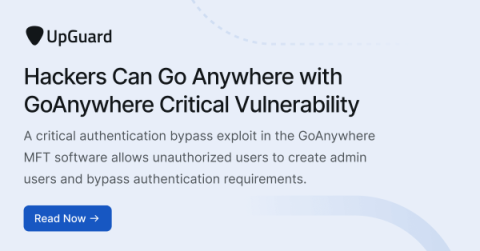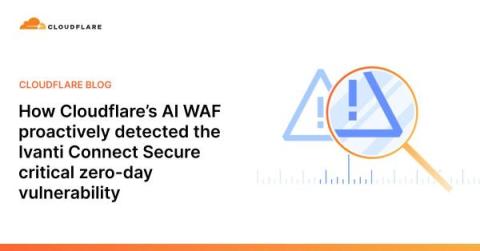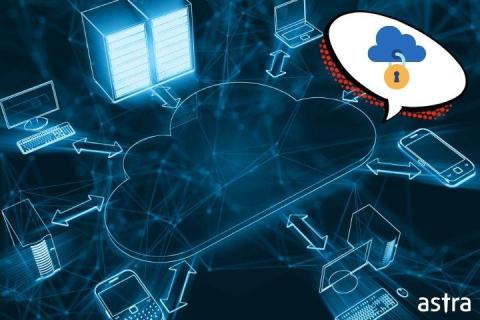How a 0-day event galvanized a developer-led security mindset at DISH
When a security incident happens, it’s one thing to reactively fix the issue, sweep it under the rug, and move on. It’s a whole other to respond to the situation with a proactive, forward-facing response — not only solving the existing issues but preparing the entire organization for the future. DISH Network did just that, responding to a significant security incident with new, shift-left initiatives that made their security and development teams stronger than ever.










